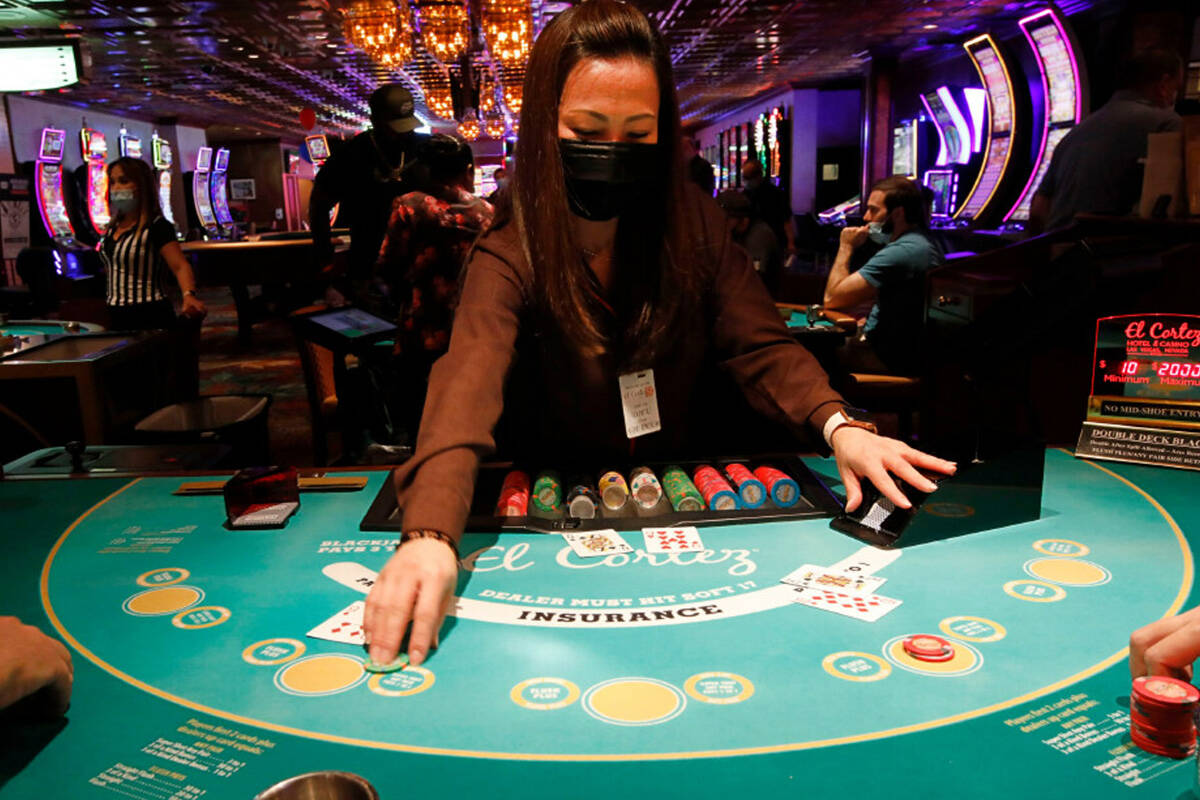
Casino games have long captivated the human imagination, drawing players into a universe filled with luck, planning, and the allure of excitement. Each game is carefully crafted not just for entertainment, but also to evoke specific emotional responses that keep players engaged and invested. bj88 thomo Understanding the drives behind these designs reveals much about how behavioral psychology plays a key role in the gaming experience.
From the bright lights and vibrant sounds to the sophisticated layering of guidelines and rewards, casino games are designed to create an atmosphere of anticipation and eagerness. Game designers leverage mental cues to influence gambler behavior, whether through the use of winning opportunities, almost wins, or community engagement. By examining these elements, we can better appreciate how casino games fulfill not just a need for entertainment, but deeper psychological needs for excitement and uncertainty.
Understanding Player Behavior
Casino games are engineered with a profound grasp of gamer psychology, which is crucial for drawing in and retaining players. The excitement of the game, alongside the hope of winning, produces a formidable draw. Game designers employ elements like sound effects, dynamic graphics, and immersive gameplay to seize attention and evoke emotional responses. These sensory experiences enhance the overall experience, making players feel more involved in the game.
Another important aspect of player behavior is the concept of risk versus reward. Casino games often balance high-risk scenarios with the potential for substantial rewards, which can lead to the occurrence known as near-miss effect. When players come close to winning, the brain secretes dopamine, strengthening their behavior and encouraging them to keep playing in search of that elusive win. This cycle of anticipation and disappointment plays a crucial role in how games are structured and promoted.
Lastly, community aspects also play a critical role in player behavior at casinos. Many games are crafted to be played in groups or alongside other players, fostering a sense of belonging and communal experience. The social interaction inherent in games like blackjack enhances enjoyment and can culminate in longer play sessions. Designers leverage on this by designing environments that prompt players to remain, interact, and return, making the overall casino experience more inviting.
The Role of Imagery and Sound
Visuals and audio play a crucial role in enhancing the player’s experience within gambling games. Designers utilize bold colors, striking graphics, and captivating animations to grab players’ attention and hold their focus. The use of motifs, such as exploration or opulence, helps create an immersive atmosphere that transports players into a different world. By connecting to the senses, these elements contribute to a heightened emotional response, prompting players to engage more profoundly with the games.
Sound design is equally important in enhancing the experience of gambling games. The mix of ambient music, audio effects for winning combinations, and ambient noises creates an auditory landscape that keeps players enthralled. Audio cues associated with victories, such as ringing bells or festive music, evoke feelings of thrill and reward, prompting players to continue playing. These audio cues are strategically placed to enhance the excitement of the game and create a more immersive experience.
Moreover, the alignment of imagery and sound is essential for reinforcing the game’s overall concept and mood. Each element should align seamlessly to create a unified experience that pulls players in. The effective use of this integration not only improves user satisfaction but also increases the chances of return play, as players become more engaged in the captivating world that the gambling games offer. This thoughtful integration of visuals and audio ultimately enhances player involvement and commitment.
Reward Systems and Participation
The design of casino games greatly relies on reward structures to keep players involved and returning for more. These structures are rooted in behavioral theories that exploit human nature and desire. Participants are often driven by the excitement of success, which is supported by instant responses through the game structure’s mechanics. This instant gratification not just improves the gaming experience but also fosters a sense of success, encouraging participants to keep participating in hopes of greater rewards.
Gaming establishments adopt various incentive systems, such as jackpots, bonuses, and increased rewards, to captivate participants. These elements create a layer of thrill that sustains interest. Additionally, the randomness of results plays a crucial role in keeping attention. The variable reward system, where wins are random but occur often enough, keeps participants on edge and driven to continue participating. This cycle of anticipation and anticipation is essential to the success of gambling experiences.
Moreover, community aspects, such as tournaments and collaborative options, boost the participation factor by tapping into the desire to compete of players. The shared experience of gaming with others can intensify the thrill of success and create a sense of community within the casino. By integrating these social dynamics with effective incentive structures, casino games don’t just offer entertainment but also foster a stronger connection among players, reinforcing their commitment to the gaming experience. bj88 com
